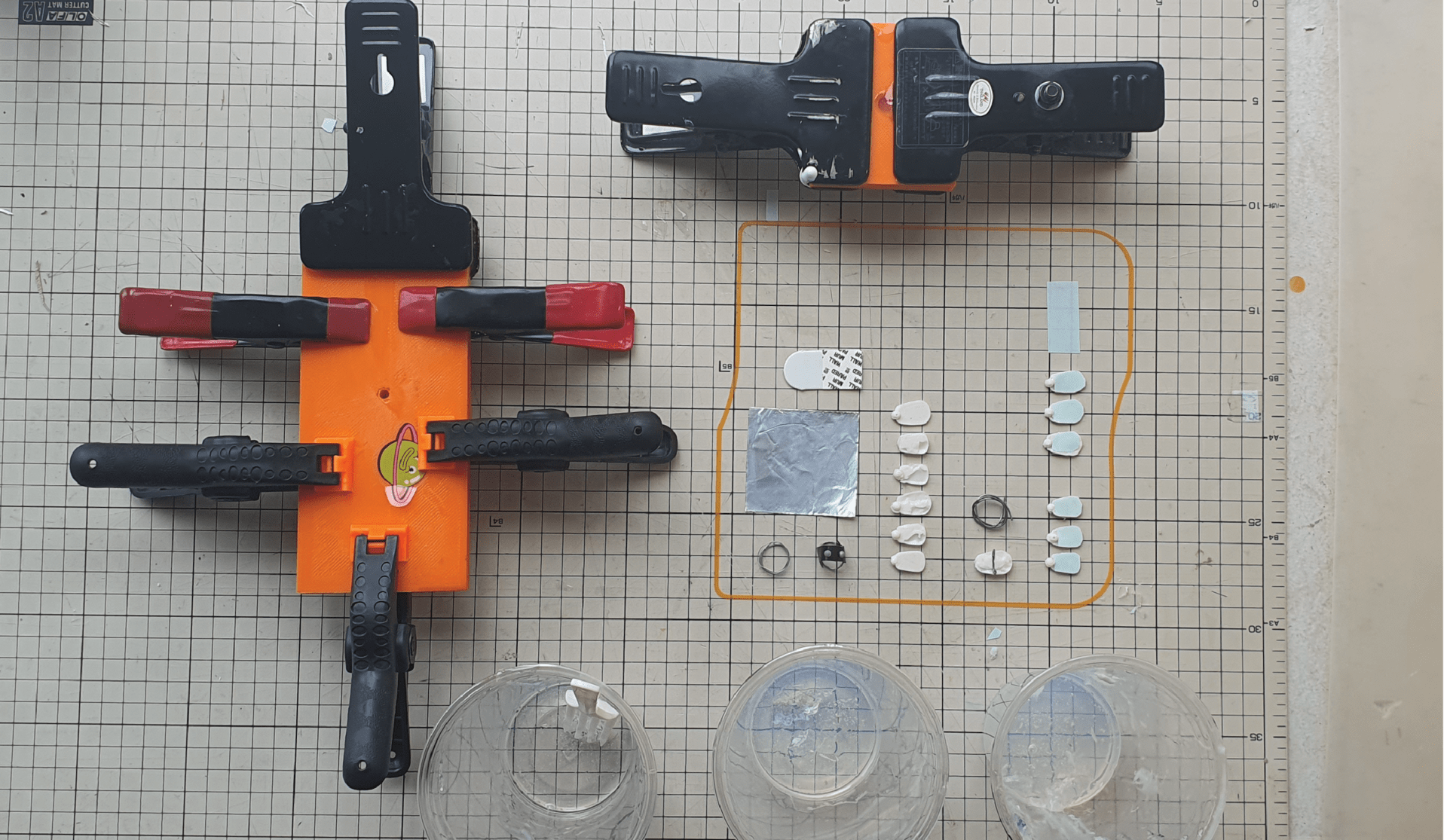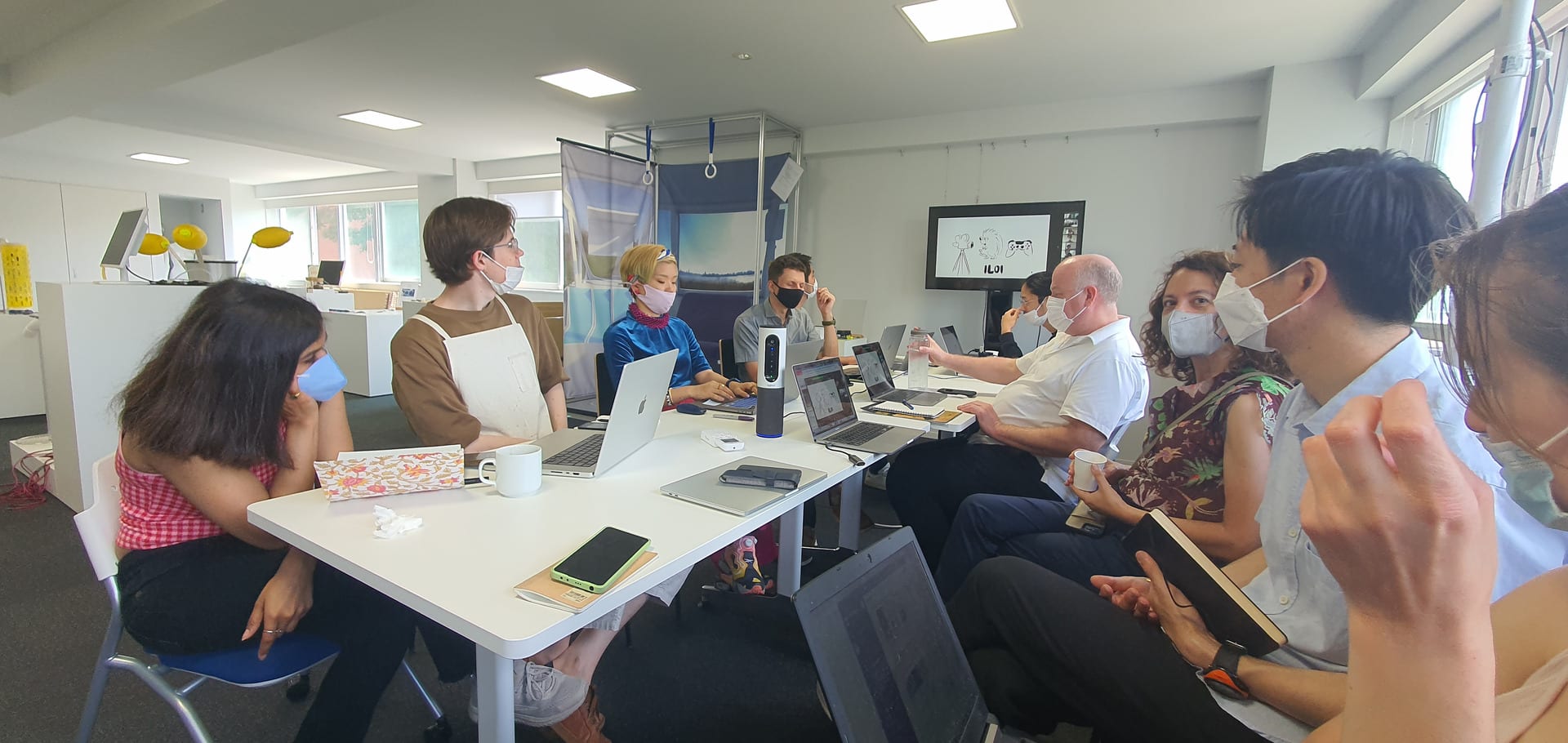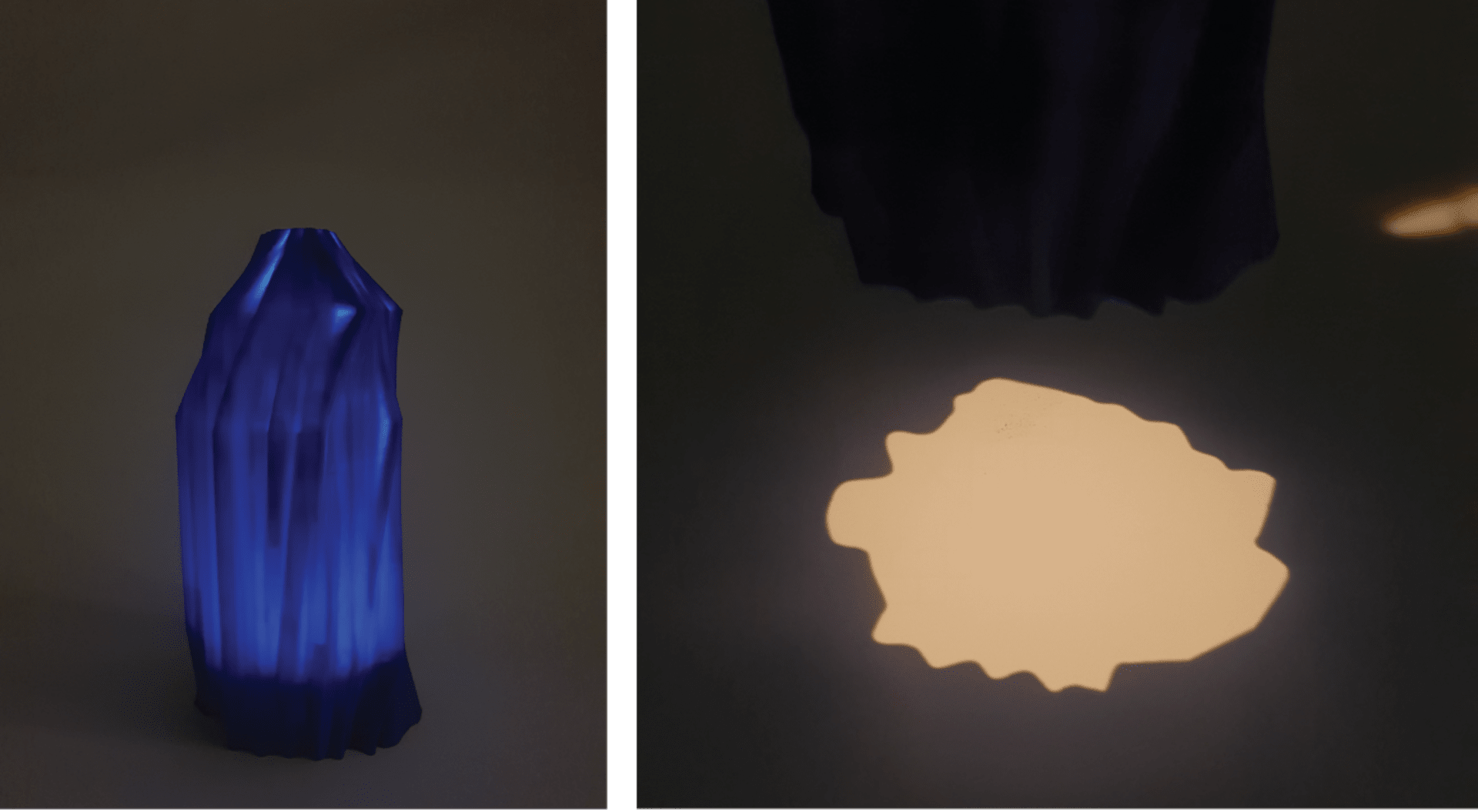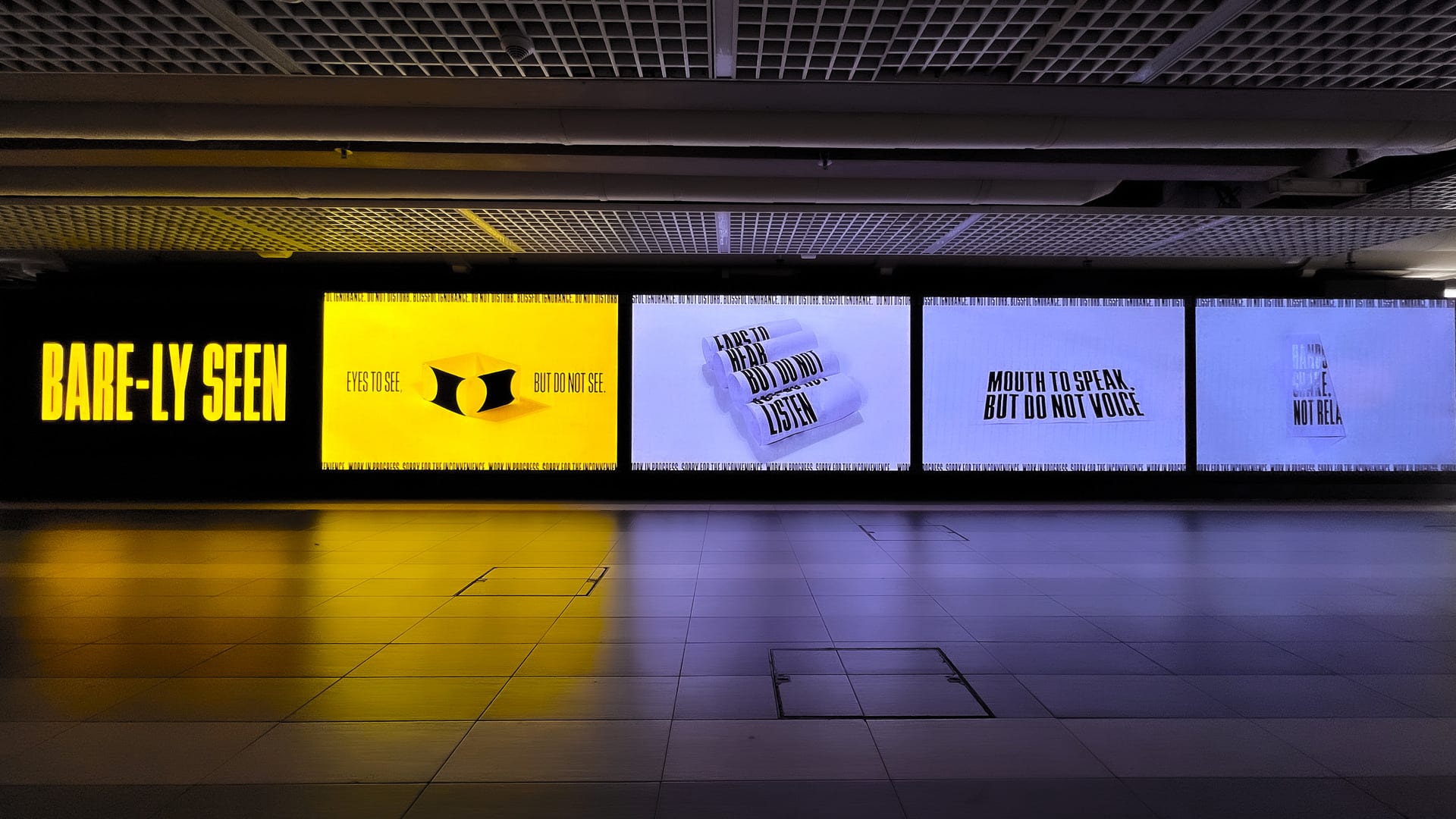I’m an Iraqi-Swedish Innovation Designer with an interest in easily deploy-able solutions that are specifically designed for the cultural context in which they inhabit, a lot of my design centres around typography and linguistics and their roles in human-computer interaction as they are often intertwined. More recently I have begun designing for human-robot interactions also. A recurring theme within my work is complex scripts (specifically Arabic) and activism as I combine research, graphic design, robotics, conversational and written practices to reflect on the agency of the arts in nation building.
Education
B.A. Hons Graphic Design & Illustration De Montfort University (2016-2020)
Experience
Speculative Design Lecturer, SADI, SWU, TU Korea (2023)
Brighton PhotoFringe, Exhibition designer (2022)
DLX design lab, U-Tokyo, Design researcher (2022)
Photographer’s Gallery London, print publication designer (2021)
Brighton PhotoFringe, Exhibition identity designer and print publication designer (2020)
Exhibitions
ART-ACT Festival, Singapore Design Week, Singapore (2023)
Brighton PhotoFringe,(2022)
Brighton PhotoFringe, TAKE/MAKE, I Want A Nation! (2020)
Photographer’s Gallery, (2020)
Awards
Semi-Finalist, Mayors entrepreneur (2022)
Discovery fund, Imperial Enterprise Lab (2022)
We Innovate, Imperial Enterprise Lab (2023)



































